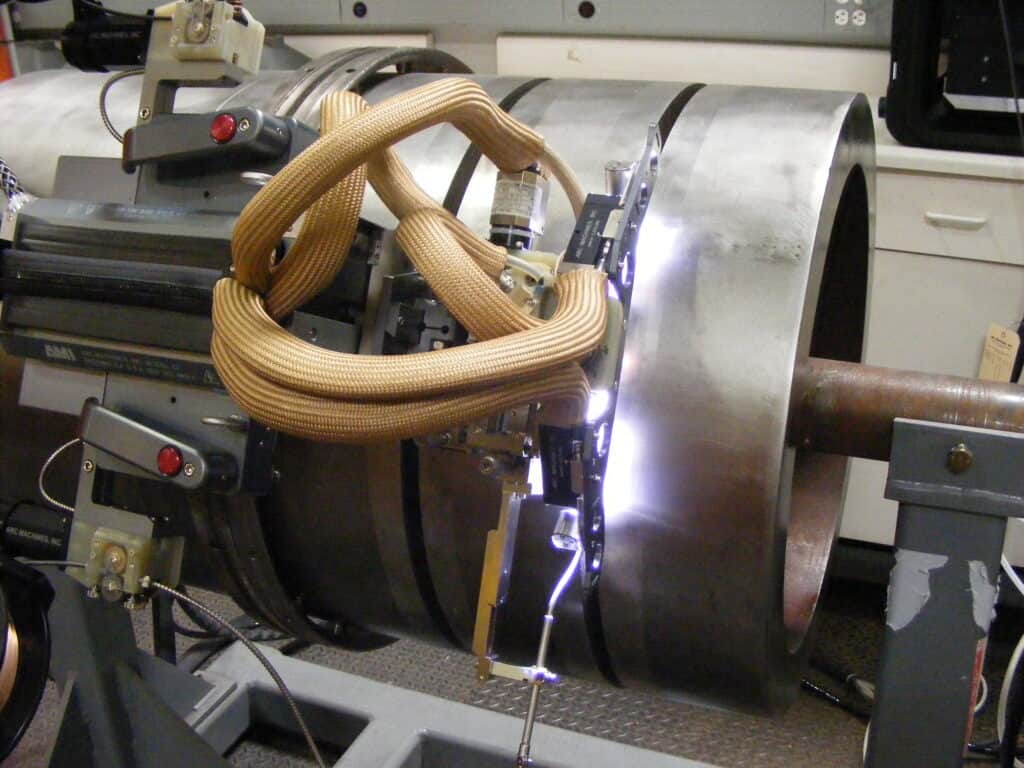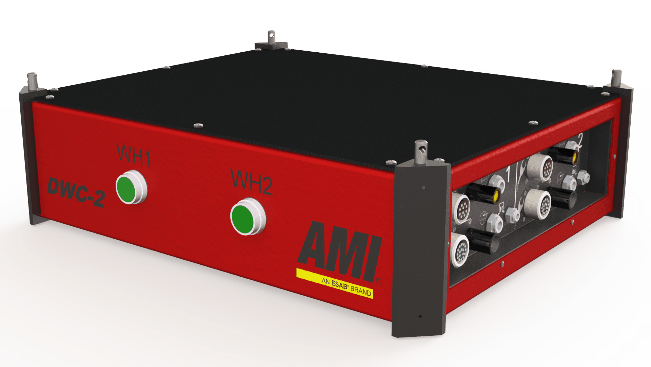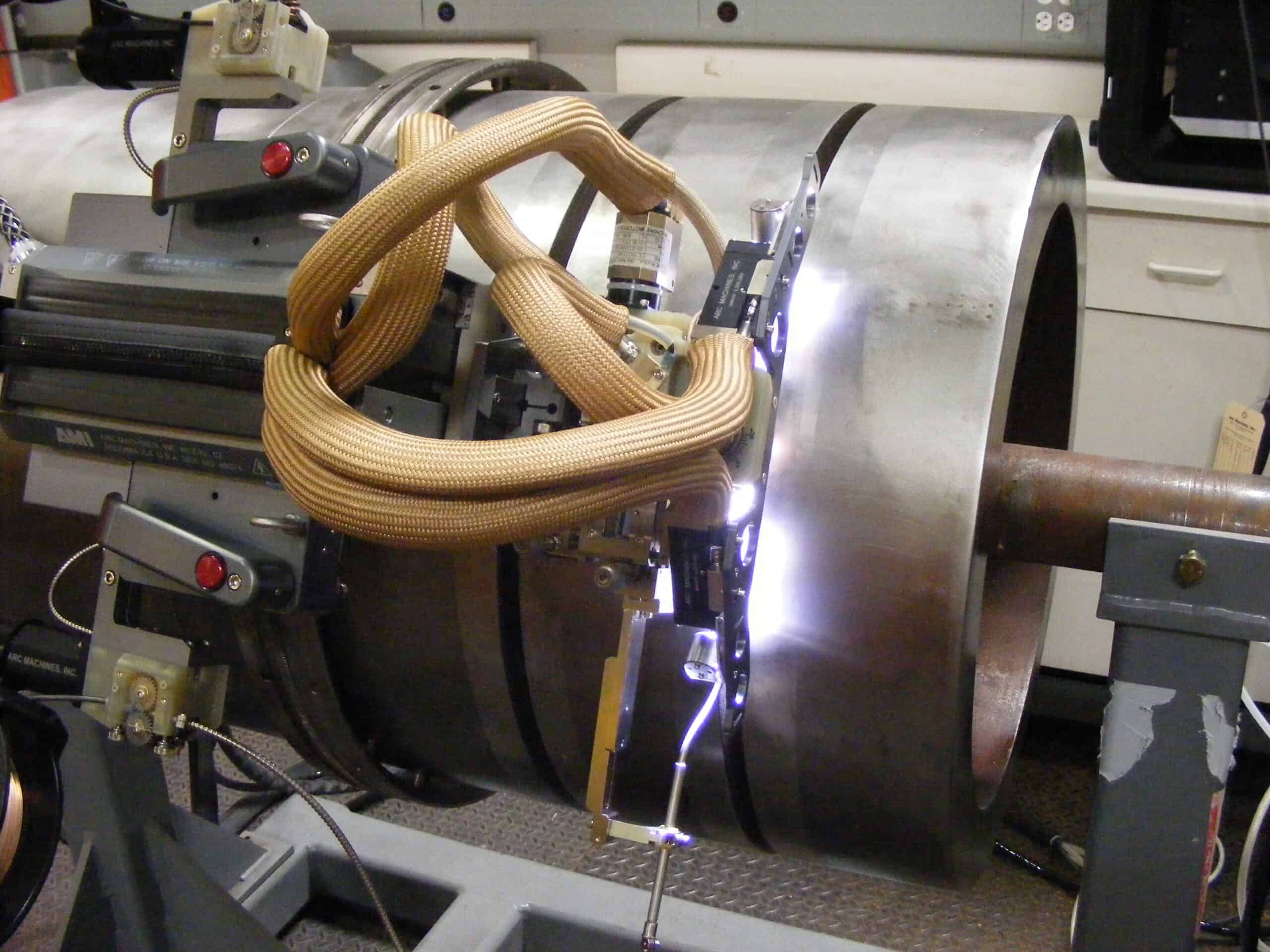
The history of welding goes all the way back to the first time that someone heated up two pieces of iron and hammered them until they joined together. The art has advanced considerably since then, with the first recognizable gas welding processes being developed in the late nineteenth century. In the twentieth century, arc welding became the standard of the trade and has been incrementally evolving ever since.
Today, high-quality arc welding machines incorporate new technology that represents both subtle improvements and revolutionary new developments. Computerization and automation now work hand-in-hand with a better understanding of chemistry and metallurgical techniques. This has enabled welding processes to satisfy demands for greater precision, better weld hygiene, and improved welding productivity.
New Technologies Require Cleaner and More Precise Welds
Semiconductor manufacturing depends on the precise deposition of silicon and other materials on incredibly small surfaces by very pure gases. The current standard size of an element in a computer’s central processing unit (CPU) is 14 nanometers (nm). That is fourteen one-billionths of a meter. In comparison, the average speck of dust is ten micrometers (millionths of a meter) in size. The gases that deposit these materials are delivered through process piping and tubing. Small errors in the production equipment can ruin entire batches of products. As a result, even small weld defects require significant rework and delays before production lines can begin manufacturing.
Biopharmaceutical manufacturing has similarly strict requirements. A slight flaw in a pipe or tube weld could trap moisture from the steam used to sanitize biopharmaceutical processing equipment, allowing microbes to proliferate and contaminating batches of products as a result. In both industries, welds must be free of defects inside and out. The biggest development in creating flawless process piping and tubing for biopharmaceuticals and semiconductor manufacturing is automation. Orbital welding systems that can complete a weld in a single pass are the best way to weld pipe and tubing not only for biopharmaceutical and semiconductor manufacturing, but in industries as diverse as aerospace and nuclear power as well. Orbital welding machine technology can now provide very high levels of weld quality, as well as greater production speed.
Gas Purging and Oxygen Sensors Allow Purer Welds
In order to meet stringent purity and quality standards, welds performed on medical and electronics manufacturing equipment must be very precise and very pure. The interior of a weldment in process piping is blocked from the shielding gas that keeps the molten metal contaminant-free during welding. The result is that even perfect orbital welds made using gas tungsten arc welding (GTAW) tend to have less-than-perfect interiors with silicon slag and layers of carbon sugaring. Even in applications where weld purity isn’t a major concern—such as crude oil pipelines—this hidden side of the weld can still impede the flow of products through pipes and tubes. In semiconductor and biopharmaceutical manufacturing, these imperfections or obstructions are completely unacceptable, and new technologies are continually being innovated to meet these challenges.
Leakage of purge gas from the interior of the pipe can lead to oxygen inflow and contamination of the backside of the weld.
The solution has been to isolate interior segments of process pipe using purge dams and pressurize them with an inert backing gas using a purge mandrel tool. The internal pressure inside the pipe is measured with a separate and widely available pressure gauge that either attaches to a threaded fitting on the pipe, or to a fitting on the purge dam. The operator checks the gauge and monitors to see when it reaches the specified internal pressure. This is an effective strategy in both keeping the weld pure and ensuring correct formation of the weld, as the pressure inside the pipe helps hold the back of the weld into place. However, this method isn’t without the potential for error. Leakage of purge gas from the interior of the pipe can lead to oxygen inflow and contamination of the backside of the weld. The interior of the pipe may also reach the specified internal pressure before the percentage of oxygen in the interior atmosphere falls to acceptable levels.
The solution to these issues is a portable oxygen sensor that is compatible with automated welding machines. These tools are able to detect oxygen levels between 1 and 1000 parts per million. Welders and orbital welding machine operators can know for sure if oxygen levels inside have been reduced enough to ensure a clean and acceptable weld and must no longer judge solely by interior pressure indications. Purge mandrels and oxygen sensors enable purer welds; other types of new welding machine technology have increased weld production speeds.
Orbital Welding Machines Incorporate New Technology to Improve Manufacturing

It is an old adage that among speed, quality, and cost, you can only choose two. However, advances in orbital welding machine technology offer greater quality and welding speed, which reduce the cost of high-quality welds. One technology, in particular, maximizes the efficiency of the automated weld heads used for orbital welding, ultimately reducing the time it takes to complete a project.
A dual weld head controller can substantially speed up the welding process as well as completion of the project overall.
Dual weld head controllers speed up the process of orbital welding tubes or piping by allowing the second weld head to be set up and configured while the first is still welding. This means that while the cap pass of a pipe weld is taking place, the second weld head can be set up to begin welding the root pass of the next joint. The ability to configure the second weld head while the first is still welding means that pipes or tubing of two different sizes can be welded more quickly. Instead of stopping to reconfigure a weld head for a new size of tube or pipe, the operator can simply select the one that he needs. This substantially speeds up the welding process as well as completion of the project overall. When paired with other valuable welding technologies, such as oxygen sensors, these weld head controllers offer a recipe for high-speed, high-quality, and cost-effective project completion.
Arc Machines, Inc. (AMI) offers a rugged portable oxygen sensor that records the interior oxygen levels of piping and pressure vessels as well as a dual weld head controller that significantly speeds up welds. AMI welding machines offer new technology for more precise, consistent, and high-quality orbital welding in every application.
Arc Machines is at the forefront of welding machines and new technology. For inquiries regarding products, contact sales@arcmachines.com. For service inquiries, contact service@arcmachines.com. Arc Machines looks forward to providing the equipment and services your project needs. Contact us to learn more.





